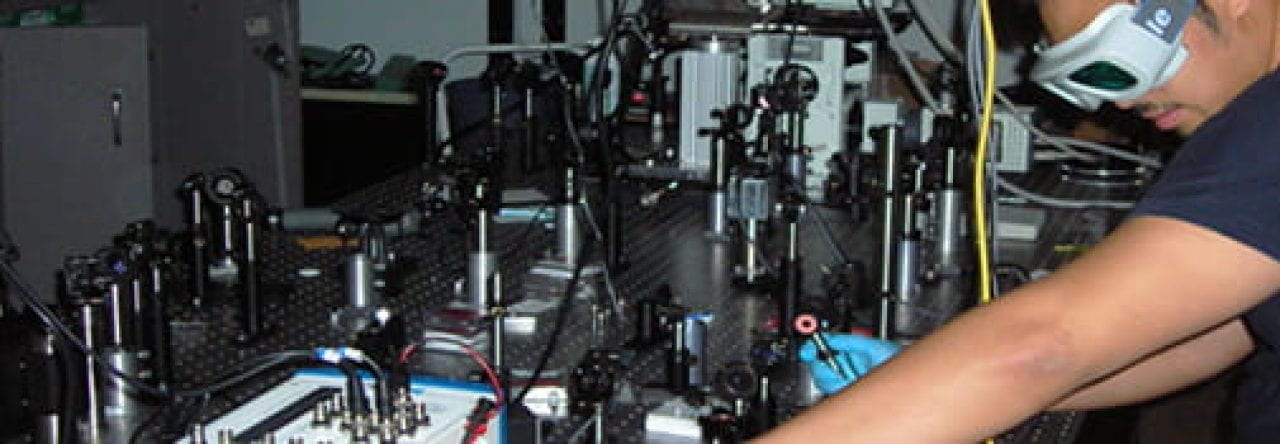Advances in the synthesis and manufacturing of nanometer-sized structures of various shapes, sizes, and material composition have increased attention to nanotechnology due to fundamental scientific interests, and because of the diversity of potential technological applications in fields such as medicine, optical data storage, light harvesting, and sensors. The challenge, however, remains in accurately determining the properties of such structures, e.g., mechanical, chemical, and optical, which in general, differ significantly from those of bulk materials. That is, “at what point does a nanostructure take on the properties of the bulk?” To help address this question a sparse concentration of nanoparticles are studied. The attraction of these “single particle” studies is that they avoid the problems associated with ensemble measurements, e.g., dispersion in particle size and shape or potential inter-particle interactions. With regards to the optical properties of nanostructures, which are particularly sensitive to their chemical composition, shape, and local environment, far-field optical microscopy is rapidly becoming a convenient tool for characterization and detection at low concentrations. One of our goals at PROBE is to develop approaches that would enable precise optical experiments of single nanoparticles. In this regard, we have shown theoretically that it is possible to determine both the second-order nonlinear susceptibility elements of a single nanoparticle and its position in 3D space [J. Phys. B 44, 015401 (2011)].To facilitate such a measurement coherent confocal microscopy and polarization diversity (in the form of a vector field) are required. Along with our collaborators, we are currently working on an experimental implementation. In addition, we have also developed the tools to optically trap single plasmonic nanoparticles in solution by exploiting a priori knowledge of their plasmon resonance [Opt. Exp. 15, 12017 (2007)], and are currently working on a robust method for measuring both the refractive index of these trapped particles and their extinction spectra.
![Graphic showing pulsed illumination of BNA arrays and nonlinear optical response [adapted from Nano. Lett. 11, 61 (2011)]](http://publish.illinois.edu/mechse-probe/files/2014/09/bna_image.20110923.4e7cd16781ab90.60227252.png)
Graphic showing pulsed illumination of BNA arrays and nonlinear optical response [adapted from Nano. Lett. 11, 61 (2011)]
Collaborators: N. Fang (MIT, ME), G. L. Liu (UIUC, ECE), S. Carney (UIUC, ECE), B. Davis (Creare, Inc.)
